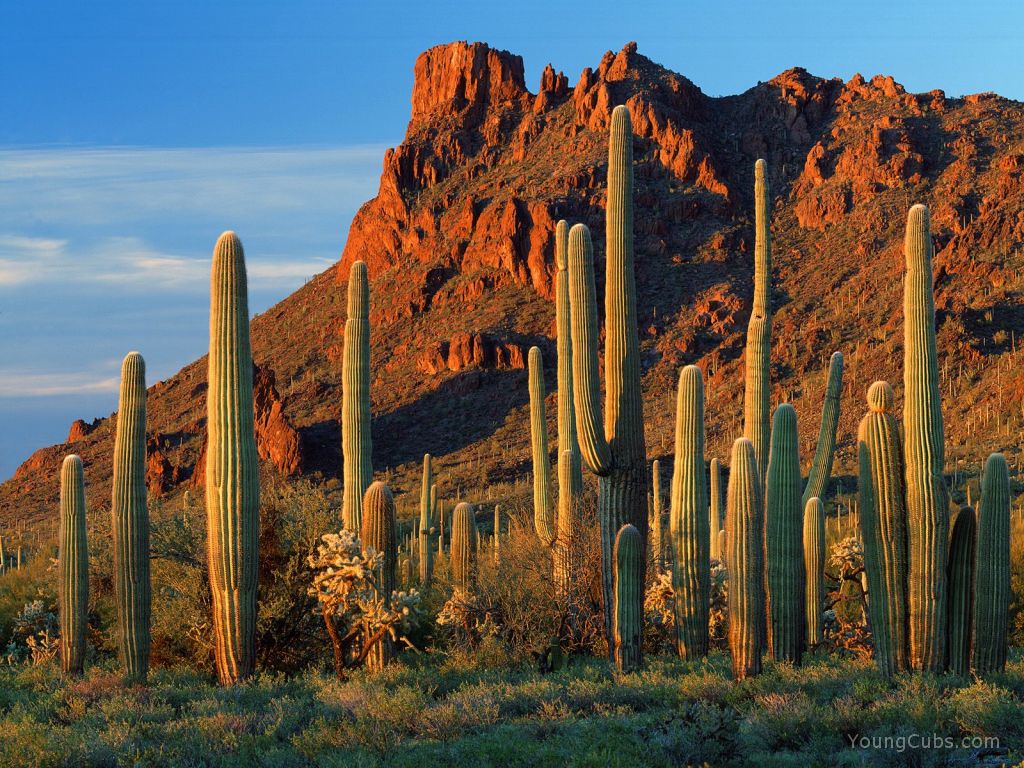 The Heard Museum in Phoenix tells the story of American Indian cultures, with an emphasis on the Southwest, using it's beautifully displayed collection as a window into another world. Throughout the museum's galleries, pedestals with headphones provide oral histories and narratives to place the items in context. Detailed descriptions of how pieces were created illustrate the enormous talent and creativity of the Native Peoples. This signature collection contains both artifacts and current pieces by artisans working today in silver, turquoise, basketry, pottery, bead work and textiles as well as Barry Goldwater's Kachina Dolls gift. All are displayed with the Heard's unmatchable grace and style. See it here.
The Heard Museum in Phoenix tells the story of American Indian cultures, with an emphasis on the Southwest, using it's beautifully displayed collection as a window into another world. Throughout the museum's galleries, pedestals with headphones provide oral histories and narratives to place the items in context. Detailed descriptions of how pieces were created illustrate the enormous talent and creativity of the Native Peoples. This signature collection contains both artifacts and current pieces by artisans working today in silver, turquoise, basketry, pottery, bead work and textiles as well as Barry Goldwater's Kachina Dolls gift. All are displayed with the Heard's unmatchable grace and style. See it here. The real action, however, takes place on the front lawn. Every year, the Heard hosts the World Championship Hoop Dancing Competition, bringing together many tribes and age groups performing one of the living traditions of their Native culture. These images are from the 2007 Competition. Hoops are made from plastic tubing wrapped to match the dancer's costume, which incorporates local color and design. The hoops are small, no larger than 30", and are symbolic, telling us that life is a never ending circle, with no beginning and no end. Hoop dancing is a form of Native American storytelling in which a solo dancer forms animal shapes such as a snake, eagle or coyote, and ending with the shape of the world using many hoops over the body to show that all life is interconnected.
The real action, however, takes place on the front lawn. Every year, the Heard hosts the World Championship Hoop Dancing Competition, bringing together many tribes and age groups performing one of the living traditions of their Native culture. These images are from the 2007 Competition. Hoops are made from plastic tubing wrapped to match the dancer's costume, which incorporates local color and design. The hoops are small, no larger than 30", and are symbolic, telling us that life is a never ending circle, with no beginning and no end. Hoop dancing is a form of Native American storytelling in which a solo dancer forms animal shapes such as a snake, eagle or coyote, and ending with the shape of the world using many hoops over the body to show that all life is interconnected. These performances require superior athleticism and skill. The dancers use as many as 30 hoops that connect along their arms and legs to form wings or tails. All the while, they execute intricate footsteps in sync to the beat of many drums and chanting voices that speed towards an ending crescendo where the dancer is a blur of color and movement. It is absolutely mesmerizing. A recent Hoop Dancing Champion, Dallas Chief Eagle, a Lakota Sioux whose signature dance is called "Nurturing the Tree of Life" can be seen here. Another proponent of his Native culture, Kevin Locke can be seen at www.kevinlocke.com and also here dancing.
These performances require superior athleticism and skill. The dancers use as many as 30 hoops that connect along their arms and legs to form wings or tails. All the while, they execute intricate footsteps in sync to the beat of many drums and chanting voices that speed towards an ending crescendo where the dancer is a blur of color and movement. It is absolutely mesmerizing. A recent Hoop Dancing Champion, Dallas Chief Eagle, a Lakota Sioux whose signature dance is called "Nurturing the Tree of Life" can be seen here. Another proponent of his Native culture, Kevin Locke can be seen at www.kevinlocke.com and also here dancing.As the dancers move, their faces shine with pure joy. It is a sight to behold.














.jpg)















No comments:
Post a Comment